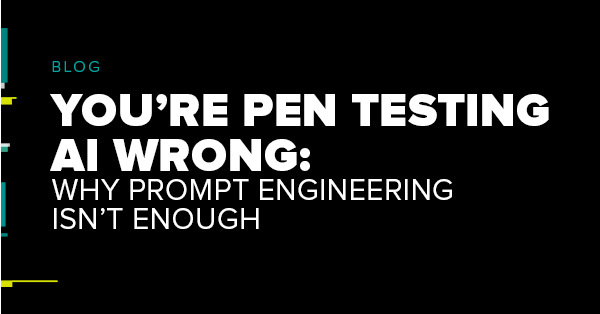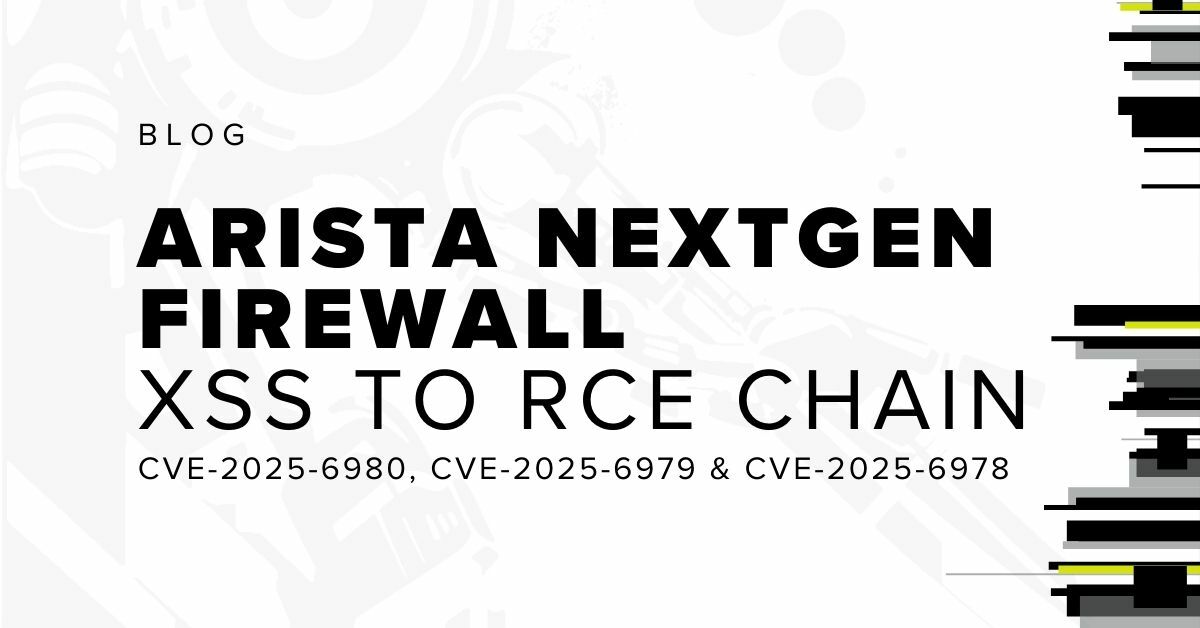
TL;DR: Effective fingerprinting is essential for identifying network assets and uncovering vulnerabilities, but many existing tools have limitations in accuracy and performance. This post explores how combining AI-assisted research with real-world data and signature normalization can significantly improve fingerprinting capabilities.
Why Fingerprinting Matters
Fingerprinting serves as a foundational technique in cybersecurity operations. For defenders conducting security assessments, this capability provides essential visibility into network assets and their configurations. Offensive security professionals rely on accurate service identification during reconnaissance phases to understand target environments. Asset management teams use fingerprinting to maintain comprehensive inventories of digital infrastructure components.
The technique enables precise identification of software versions and system configurations across network environments, providing detailed visibility into running services and their operational states. This granular visibility proves critical when monitoring for emerging vulnerabilities that could impact organizational security posture and when validating security controls to ensure they function as intended.
Without reliable fingerprinting capabilities, security teams operate with incomplete understanding of their environments. This knowledge gap creates blind spots that can leave organizations exposed to unidentified threats and potential attack vectors.
But here's the problem: most existing fingerprinting tools are limited. They miss services while relying on outdated signatures, and they fail to correlate findings with known vulnerabilities. That’s why we conducted a focused research project to explore how fingerprinting can be made faster and more accurate with AI lending a serious hand.
Fingerprinting: The Landscape
Before diving into specific tools, it’s important to understand the architectural layers where fingerprinting occurs. Each layer reveals different types of information, which can be used together for comprehensive analysis.
- DNS: passively identify SaaS vs self-hosted, CDN, WAF
- TCP/IP: analysis using packet specifics like TTL perform OS identification
- SSL/TLS: inspection fingerprinting through certificates
- HTTP and network service detection: where this project research was focused
To make fingerprinting outputs actionable, it’s also critical to align them with standardized identifiers like Common Platform Enumerations (CPEs). CPEs are standardized identifiers that describe applications, operating systems, and hardware. They use a structured format to make it easier to match observed services to known vulnerabilities.
For example:
cpe:2.3:a:apache:http_server:2.4.38:*:*:*:*:*:*:*
This string breaks down into:
- Part: Application (a)
- Vendor: Apache
- Product: HTTP Server
- Version: 2.4.38
The power of CPEs lies in their correlation with CVEs (Common Vulnerabilities and Exposures). Once you identify a CPE, you can often directly map it to known vulnerabilities, closing the gap between asset discovery and threat mitigation.
Four Tools, One Big Gap
To understand the current fingerprinting landscape, our research examined four prominent open-source fingerprinting tools: two focused on network protocol analysis and two on HTTP-based detection.
Network protocol analyzers:
- Nmap: Flat-file signatures, soft/hard match logic, slow null probes.
- Recog: XML format, well-documented, supports parameter extraction.
HTTP-focused tools:
- Wappalyzer: JSON-based, DOM-heavy (browser rendering needed for best results)
- Nuclei: YAML templates, highly readable and configurable, active community.
Each of these tools excels in specific areas, but none is comprehensive on its own which led the research team to explore ways to unify and improve fingerprinting performance.
Building Better Fingerprinting Tools
Armed with insights from existing tools, our research focused on creating a more cohesive and effective fingerprinting framework. Key goals included interoperability, performance, and improved detection rates.
Key Steps:
- Unified signature translation across XML, JSON, and YAML formats.
- Custom search interface to query signatures across tools.
- Shodan-scale testing with over 180GB/day of internet banner data, stored in a custom ScyllaDB solution
- AI-assisted signature generation to catch what others miss.
We also modified a popular Go-based tool for fingerprinting during this process. After profiling the application, there was inefficient regex compilation in hot paths: one of several bottlenecks we addressed.
Performance Enhancements made to the tool:
- Smart HTTP redirection logic (same host/protocol)
- WAF signature consolidation and capability
- Protocol-aware rescan logic - history
- A banner-to-CPE matching engine
How AI Supercharged the Research
Modern AI tools didn’t just make this research easier; they changed the game. AI accelerated code analysis, helped develop new tool logic, and streamlined debugging in ways that would’ve taken weeks manually.
Some AI Tooling used:
- Cursor: An AI-powered editor that embeds code for semantic search and allows access to several different models
- Cline Extension: Local or Remote AI model integration directly into VS Code workflows
- Function Calling/MCP: models interfaced with APIs and databases to drastically cut down on development time.
For the UI development, AI integrated directly with the browser to detect and resolve JavaScript issues in generated code. The ability to analyze rendered output, while using the fingerprint API allowed it to create real-time fixes and form a tight feedback loop. This integration led to the entire process being almost entirely automated.
Key Takeaways for Security Professionals
This research surfaced several practical lessons for anyone developing or deploying fingerprinting tools:
- Regex performance matters: Compiling regex on every scan kills speed. Compile smarter and batch scan assets.
- Signature freshness is key: If tools rely on third party signatures, keep them up to date. Many installed tools fall behind their included sources, and those sources may even have new signatures waiting in PRs.
- Merge Signatures: Combine tools and methods to cover more ground
- Test at internet scale: Go big to reveal real-world signature gaps.
Fingerprinting isn’t just about labeling services; it’s about gaining control of your attack surface. With a focused effort, open-source tools, and strategic use of AI, teams can go beyond stock solutions and build capabilities that actually close gaps.
Our research project demonstrated that even a short, focused effort when augmented with AI can yield meaningful improvements. For teams looking to expand their visibility and detection capabilities, building specialized fingerprinting engines tailored to their needs may be more effective than relying on off-the-shelf solutions.
If you want better asset visibility, smarter scanning, and faster threat correlation, it's time to rethink how you fingerprint.
Subscribe to our blog
Be first to learn about latest tools, advisories, and findings.
Thank You! You have been subscribed.



